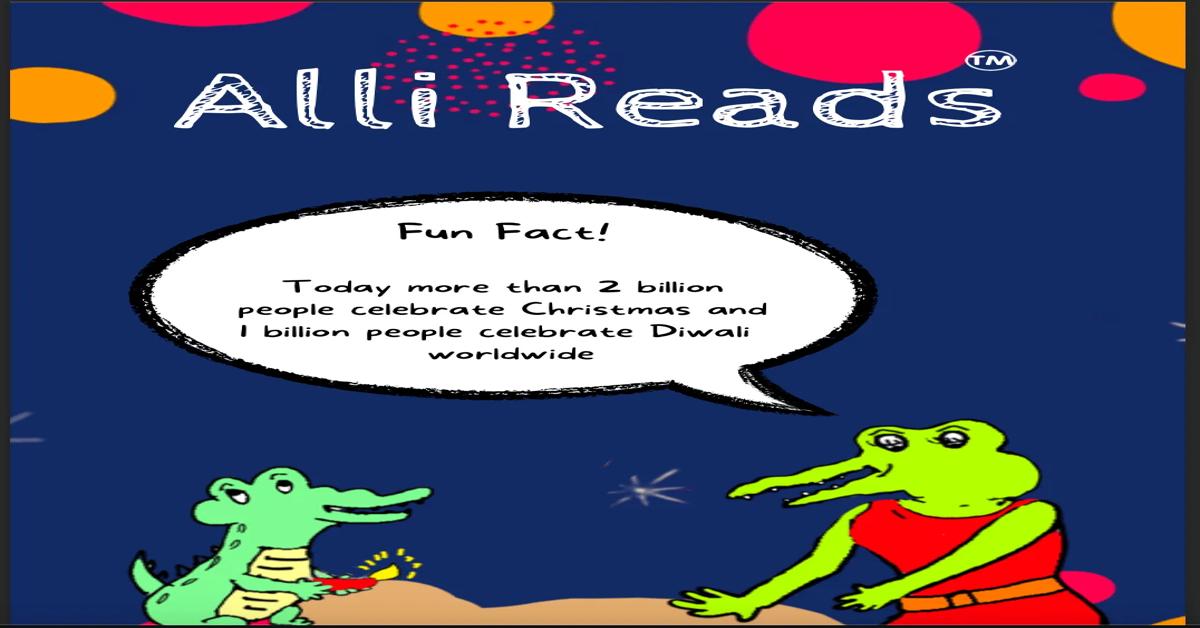The Growing Popularity of Newspaper For Kids: Informing Young Minds with Fun and Facts
In today’s fast-paced digital age, where screens dominate and information flows constantly, there’s a growing need for child-friendly content that is both educational and entertaining. That’s where the concept of a Newspaper For Kids comes into play. Designed specifically for young readers, these newspapers provide age-appropriate news, engaging stories, and a safe environment for children to explore the world around them—all while developing critical reading habits and a love for learning.
Why Kids Need Their Own Newspaper
Traditional newspapers, although rich in information, often contain complex topics, political jargon, and content that may not be suitable for young readers. Children process information differently from adults, and they need content that is tailored to their cognitive and emotional development. A Newspaper For Kids bridges this gap by curating information that children can understand, relate to, and learn from—whether it’s about global events, environmental issues, technological advancements, or inspiring stories of young achievers.
These specialized newspapers also foster early literacy skills. Regular reading enhances vocabulary, comprehension, and general knowledge. For parents and educators, it provides a trusted source to spark discussions, support classroom activities, and encourage curiosity in a constructive way.
The Core Features of a Newspaper For Kids
What makes a children’s newspaper stand out from traditional publications? Several unique features cater to the specific needs and interests of young readers:
-
Age-Appropriate Language: The language used in a Newspaper For Kids is simplified without being overly juvenile. It strikes a balance between being easy to understand and intellectually stimulating.
-
Visually Rich Layouts: Bright colors, large fonts, and fun illustrations help capture children’s attention. Infographics, comics, and photo stories break down complex ideas into digestible parts.
-
Interactive Content: Puzzles, quizzes, word searches, and fun facts are often included to keep children engaged. This transforms passive reading into an interactive learning experience.
-
Diverse Topics: These newspapers cover a wide range of topics—science, history, culture, sports, and more—making learning broad and multidimensional. Importantly, the tone remains positive and uplifting, focusing on progress and discovery rather than fear and controversy.
-
Inclusion of Child Voices: Some newspapers allow kids to contribute their own articles, drawings, or opinions, which fosters a sense of ownership and confidence.
Educational Benefits and Developmental Impact
Reading a Newspaper For Kids regularly can yield numerous developmental benefits:
-
Critical Thinking: Exposure to news and real-world situations encourages children to ask questions and form opinions.
-
Empathy and Awareness: Learning about other cultures, challenges, and achievements helps kids become more globally aware and empathetic.
-
Language and Literacy Skills: Regular reading expands vocabulary, improves grammar, and enhances writing skills.
-
Civic Engagement: Understanding current events and how society works lays the foundation for active citizenship later in life.
Educators often use children’s newspapers as part of their lesson plans to support reading comprehension, social studies, and discussion-based learning. For parents, it can be a great bonding activity—reading and discussing the news together.
Digital vs. Print: Finding the Right Format
Modern children’s newspapers come in both print and digital formats. Each has its advantages. Print newspapers offer a tactile experience that many parents and teachers value, especially for younger kids. There’s something special about holding a newspaper, flipping through its pages, and circling answers with a pencil. On the other hand, digital newspapers offer dynamic, multimedia content—videos, audio clips, and animations—which can greatly enhance engagement and accessibility.
With the right balance, families can integrate both forms into their children’s daily routines, ensuring screen time is productive and meaningful.
How Parents Can Encourage News Reading Habits
If you’re a parent wondering how to introduce your child to a Newspaper For Kids, here are some practical tips:
-
Make It Routine: Set aside 10–15 minutes a day for reading together—before bedtime or during breakfast.
-
Discuss the Stories: Ask open-ended questions about the articles. “What did you learn?” or “How do you feel about this story?” Encourage conversations.
-
Praise Curiosity: Celebrate when your child asks questions or shows interest in a topic. This helps build confidence and critical thinking.
-
Lead by Example: When children see adults reading the news or discussing current events, they are more likely to follow suit.
-
Use the Content Creatively: Turn articles into discussion prompts, school projects, or storytelling exercises. Let them draw a picture based on a story or write their own version of an event.
Trusted Resources and Rising Popularity
With more parents seeking enriching screen alternatives, and schools incorporating current events into curricula, the demand for a high-quality Newspaper For Kids has risen significantly. Reliable publishers are stepping up to fill this need by offering expertly curated content, safety from inappropriate material, and alignment with educational standards.
What’s more, these newspapers often include contributions from child psychologists and educators to ensure the tone, topics, and design are developmentally appropriate.
A Window to the World
A well-crafted Newspaper For Kids is more than just a news source—it’s a window to the world through which children can discover their passions, connect with global issues, and understand their role in society. In a time when misinformation is rampant and attention spans are shrinking, such resources are invaluable. They teach children not just what to think, but how to think.
They grow up not only being informed but being responsible, empathetic, and articulate individuals who are ready to face the challenges and opportunities of tomorrow.
Conclusion
As we shape the future generation, it’s crucial to equip them with the tools to understand and engage with the world. A Newspaper For Kids does just that—it sparks curiosity, nurtures literacy, and builds awareness in a format that’s fun, safe, and educational. Whether in print or digital, it’s a smart investment in your child’s intellectual and emotional development.
By making news accessible and enjoyable, we pave the way for a more informed, thoughtful, and connected generation—one story at a time.







